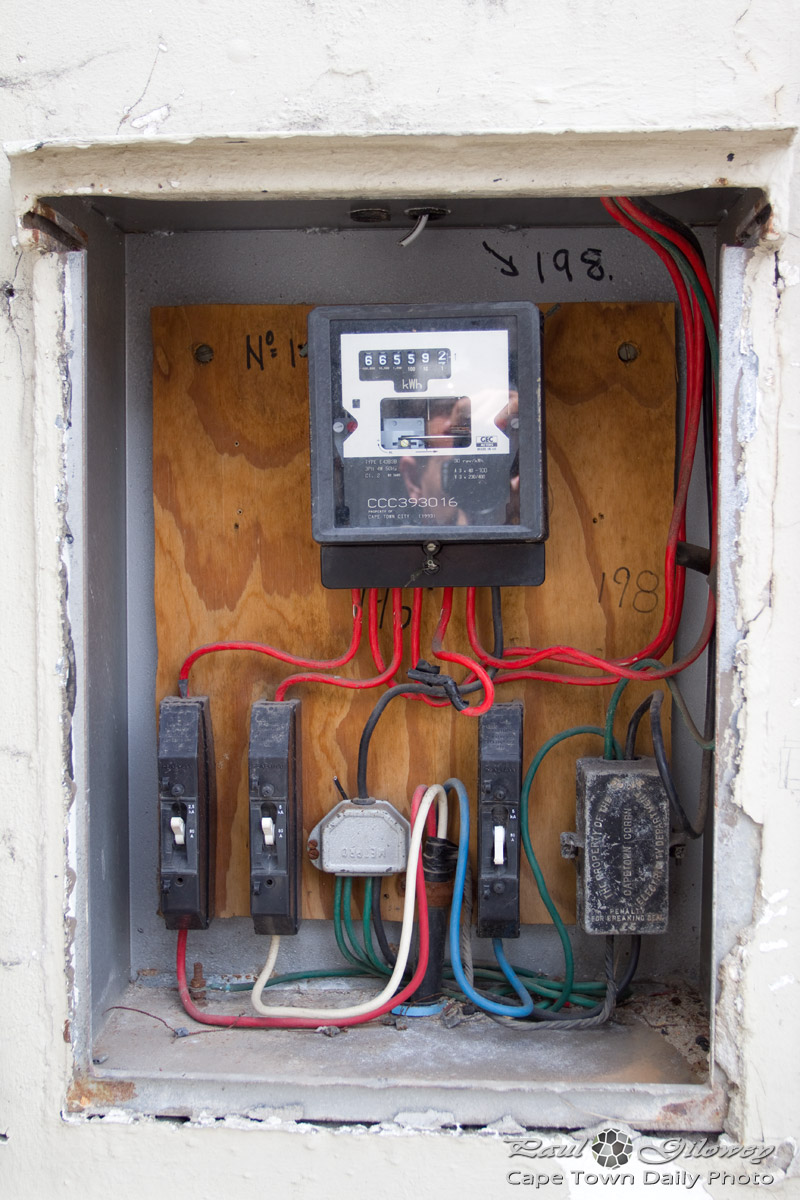Tag Archives: electricity
What power failures?

Calm before the storm? I'm not sure. We had a bitterly cold winter, and we survived, so perhaps our supply of energy is under control.
The crackling of power lines

Most of Cape Town's electricity is supplied by the two nuclear reactors at Eskom's Koeberg power station (map), located just outside of the coastal town of Melkbos. One of the reactors was shut down on 28 October for repairs - which effectively halved the station's power output causing the Western Cape to rely more heavily on power from the coal-based power from the Johannesburg area. After being down for more than a month Eskom recently announced that it had fired up the second reactor after successfully concluding repairs.
The use of nuclear power has been hotly contested for many years, and the recent disaster in Japan gave rise to even more concern over the proximity of the nuclear power station to Cape Town. I'm sure that in the possibly-unlikely event a disaster at the plant we'd all regret not getting rid of the nuclear power station years ago, but on the other hand I can't help but wonder of the amount of pollution released by coal-based power-plants warrants the relatively small risk. What do you think?
A field of pylons

Before taking up photography I probably wouldn't have considered the possibility that electricity pylons, a symbol of the destruction of nature, could in some way be beautiful.
Green power (how much electricity do you use?)

I don't think we use that much energy, but wouldn't it be great if regular households could be completely self-sufficient in terms of energy? Perhaps some day hey?
How much electricity do you use each month, and how much do you pay for it. I'd be especially keen to know what you use and how much you pay for it - especially if you're from another country.
Power outages and load-shedding

Seeing this picture reminded me how load-shedding seems to (at least for now) be a thing of the past. This year I recall having only a single outage lasting a couple of hours - but then, I suspect that was an unplanned outage. :) Our friends up north may not have been so lucky unfortunately.
Although I haven't heard confirmed news of load-shedding in Gauteng I've heard rumblings of outages and found these load-shedding schedules on Eskom's site.
